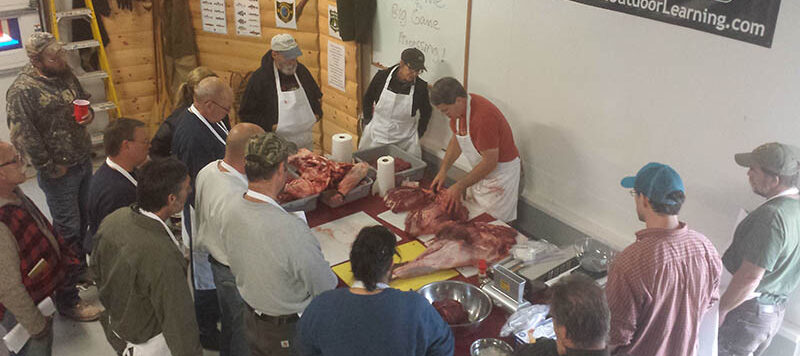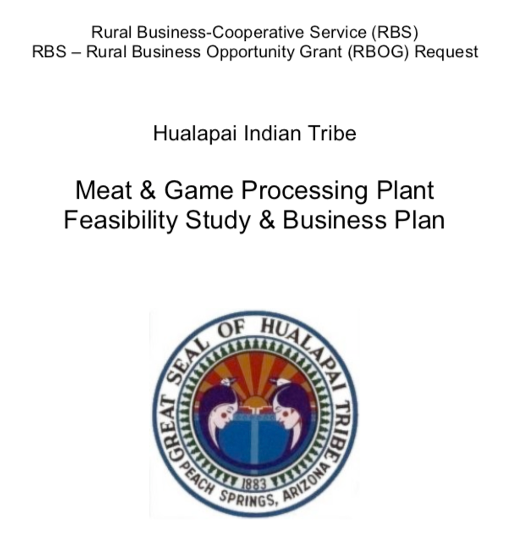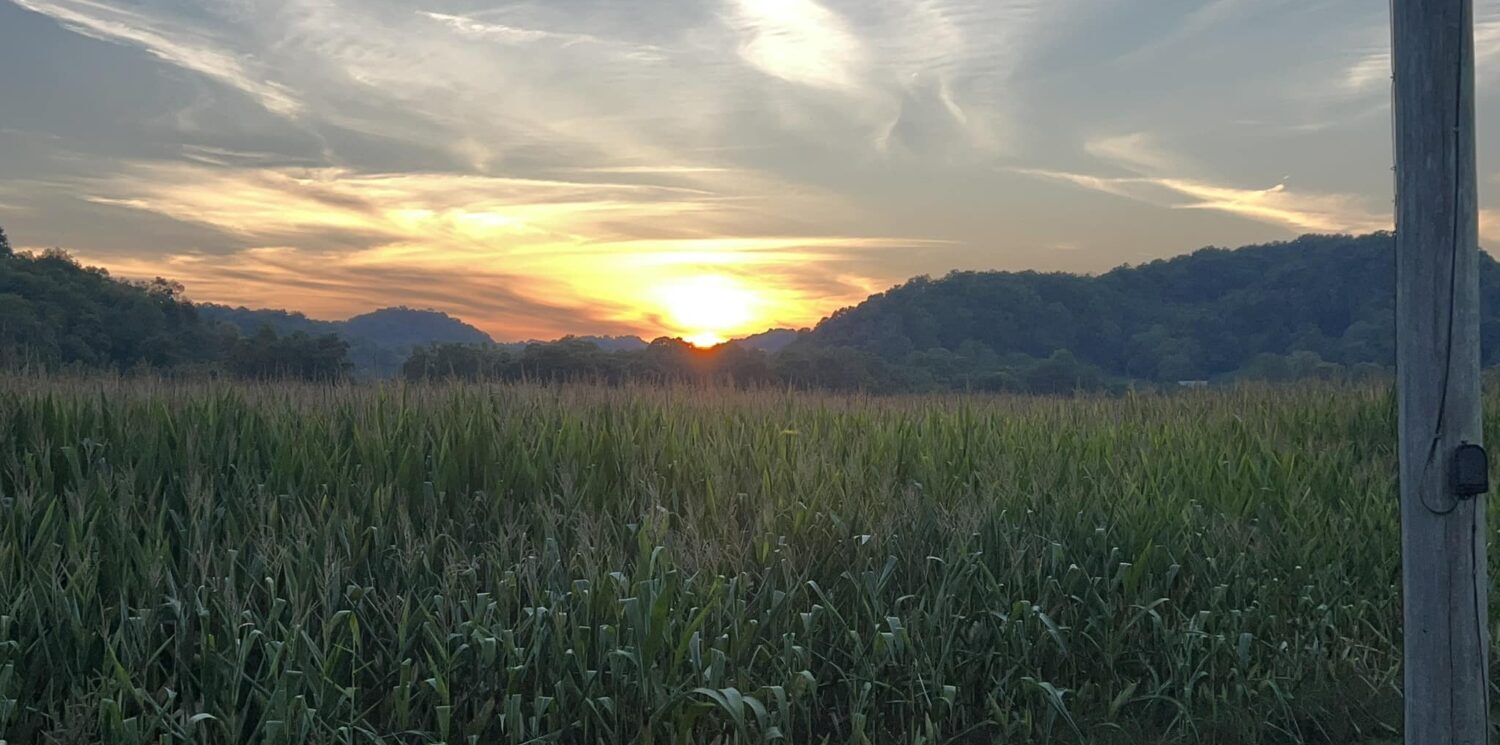Client: Hualapai Tribal Nation /
Location: Peach Springs /
Services: RBOG feasibility study & business plan /
The Hualapai Tribe is considering developing a meat and game processing facility to serve both tribal members and visitors. Currently, Hualapai ranchers have to transport their cattle long distances to be processed, while visitors to Grand Canyon West and the Hualapai Lodge consume large amounts of beef purchased from outside suppliers.
The tribe has approximately 83 members who make their living from cattle ranching, raising over 2,000 head of cattle annually on the reservation. However, these ranchers currently have to transport their cattle to Prescott, Arizona (a 2-hour drive) for processing, incurring significant transportation costs that cut into their profits.
Meanwhile, the tribe’s tourism operations at Grand Canyon West and the Hualapai Lodge consume about 375 pounds of beef daily, which is currently purchased from food service companies with no connection to local ranchers. There is also demand for game processing from hunters who visit the reservation.
The proposed facility would be a multiple species meat and game processing plant with both harvesting and processing capabilities. It could potentially offer traditional and niche meat products under a new Hualapai brand. The ultimate goal is to provide local beef to the tribe’s tourism operations.
The project has two main components: 1) A feasibility study to examine all aspects of the desired facility, and 2) A detailed business plan based on the feasibility study results. The tribe requested $75,000 in grant funding to complete this planning work.
The facility is expected to be a small USDA-inspected plant processing 25-32 beef cattle per week, along with game animals. It would likely require 7-11 full-time workers initially. The plant would offer fee-based processing services and manufacture processed meats for wholesale/retail customers.
Primary customers would be local livestock producers and the tribe’s tourism operations. Secondary customers could include retail buyers of processed meat products. The facility could potentially process 300-400 pounds of beef per week into value-added products for public sale.
Economic benefits would include reduced transportation costs for ranchers, lower beef costs for tribal enterprises, new high-paying jobs, and revenue for the tribe from processing fees. The existing demand from tribal tourism operations would help ensure long-term success.
The study will examine options like a fixed facility vs. mobile processing unit. It will analyze components like a potential feedlot, various service offerings, plant layout, capital costs, employment needs, and financial projections.
Community engagement will be a key part of the process, with surveys and reviews conducted with tribal members, ranchers, and other stakeholders. The team will also coordinate with other tribal economic development initiatives.
If found feasible, the project could provide significant economic benefits to the tribe through job creation, increased revenues for ranchers, cost savings for tribal enterprises, and a new sustainable revenue stream from the processing operation. It would allow the tribe to capture more value from its existing cattle and tourism industries.



